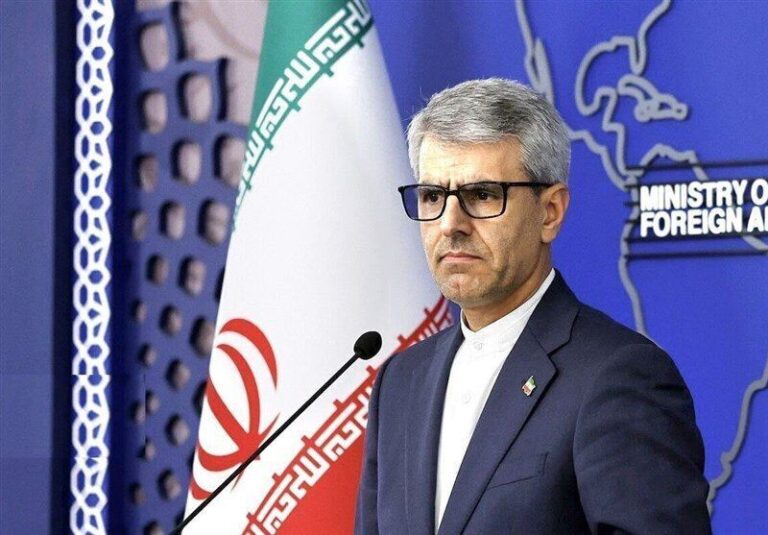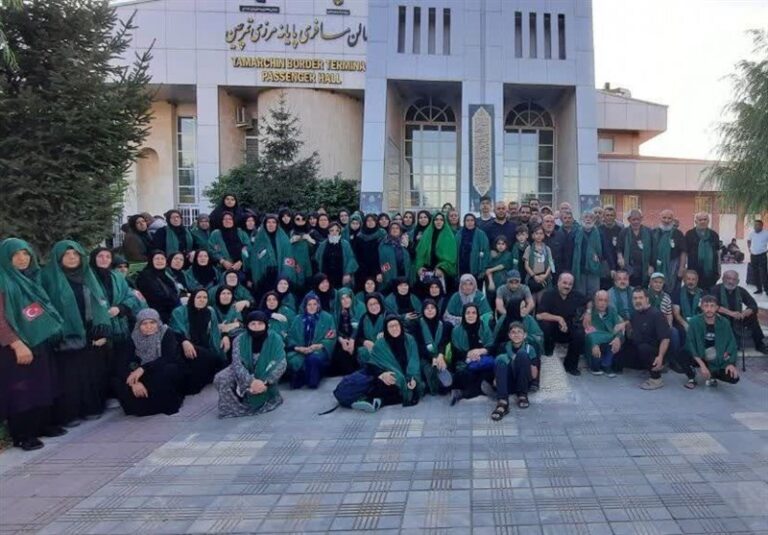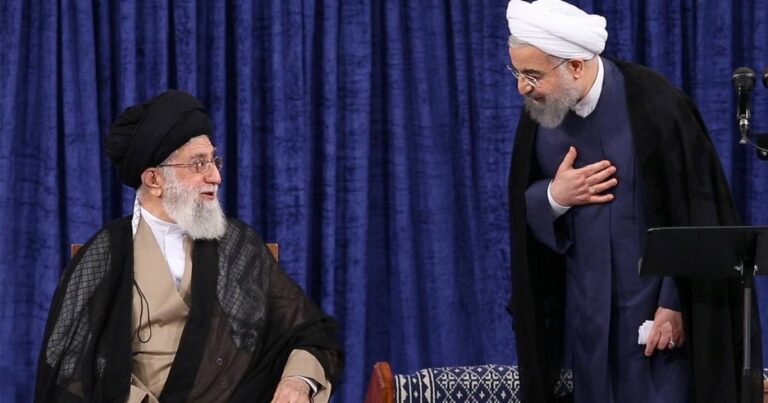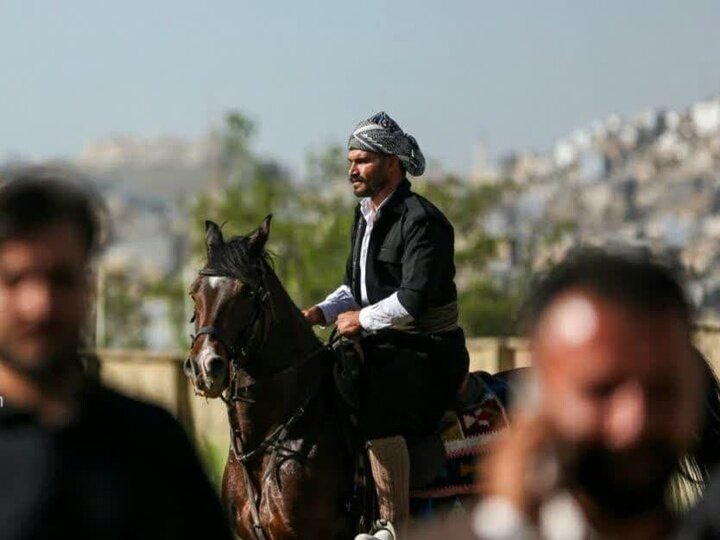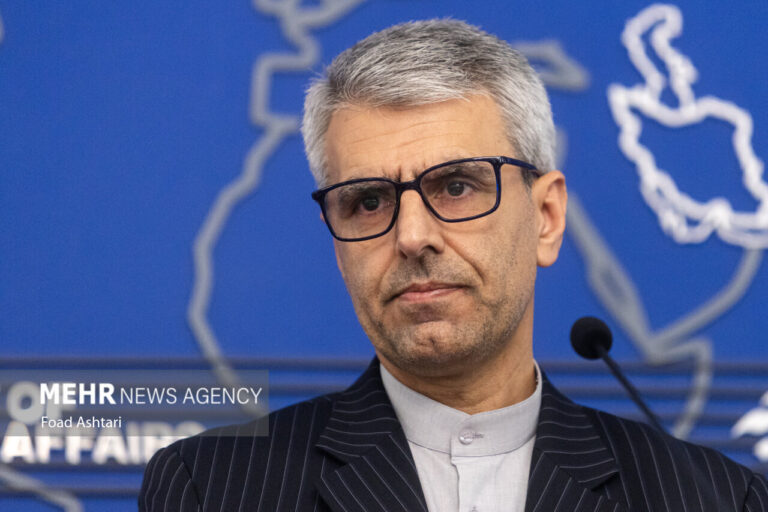Big Data Revolutionizes Iran’s Nowruz Travel: Over 36 Million Trips Tracked!
During the Nowruz holidays, Iran witnessed an impressive surge in domestic tourism, with more than 36 million trips recorded across the nation. This significant statistic was revealed at a recent meeting of the Traveling Services Coordination Headquarters, led by Deputy Minister of Tourism, Anoushirvan Mohseni-Bandpey. The data, covering the period from March 15 to April 4, underscores the growing trend of local travel in Iran.
According to Seyyed Mostafa Fatemi, secretary of the headquarters, a total of 36,519,671 trips were documented, accompanied by 60,970,523 overnight stays across various accommodation facilities, including official, semi-official, and emergency lodgings. Notably, approximately 10.37 million overnight stays were recorded in official lodging facilities.
The provinces that attracted the most visitors included:
- Mazandaran
- Gilan
- Khorasan Razavi
- Tehran
- Isfahan
In terms of the most visited cities, the favorites were:
- Mashhad
- Shiraz
- Tehran
- Isfahan
- Bandar Abbas
Fatemi emphasized that various metrics were utilized to gauge travel activity, including lodging occupancy, fuel consumption, road traffic, waste generation, and mobile network usage. For the first time, mobile phone data was incorporated by the Ministry of Information and Communication Technology (ICT), revealing a 2% increase in overall mobility compared to the previous year.
Additionally, there was a notable 15% year-on-year increase in school-based accommodations, resulting in a total of 3.5 million overnight stays, and 359,601 overnight stays at religious sites overseen by the State Endowment and Charity Affairs Organization.
In his remarks, Mohseni-Bandpey described this year’s coordination for Nowruz travel as “effective.” He commended the collaborative efforts of various government ministries and agencies, highlighting improvements in service quality and logistical coordination. Importantly, no lengthy queues were reported at fuel stations, and emerging travel destinations such as Ilam, Lorestan, North Khorasan, Chaharmahal-Bakhtiari, Kordestan, and Alborz experienced significant increases in visitor numbers due to strategic promotional campaigns.
Plans were announced to establish the Traveling Services Coordination Headquarters as a permanent entity, with the aim of creating a structured policy package and enhancing authority in traffic, emergency, and tourism-related matters.
Addressing public feedback, Mohseni-Bandpey noted that over 301,000 calls were received by the monitoring system, with minimal reports of unauthorized accommodation price hikes, aside from a few free zones where communication gaps were identified. Many hotels offered discounts of 20–40% for 10-day stays to enhance accessibility.
On a social front, Mohseni-Bandpey acknowledged concerns regarding the lack of formal services for those camping or staying in tents. However, he defended the inter-agency model, citing the presence of Red Crescent, police, and emergency services in informal camping areas. Furthermore, over 4.6 million visits were made to cultural heritage sites, resulting in 560 billion tomans in handicraft sales.
Addressing road safety and infrastructure, he reported a modest decline of about 10% in traffic fatalities, reflecting ongoing efforts to improve safety for travelers.
In terms of environmental initiatives, the headquarters launched a new campaign titled “Travel Without Waste,” separating the environmental committee from the health and safety division. He underscored the need for increased awareness surrounding waste and plastic usage, particularly in coastal regions.
During the session, representatives from various ministries, including health, transportation, emergency response, and law enforcement, presented their reports on Nowruz holiday activities. Officials reaffirmed their commitment to making travel more accessible, safe, and sustainable for all Iranians, especially in light of economic challenges.
Nowruz is a historic celebration observed annually on March 21 in many countries along the Silk Roads. This festival marks the New Year, heralds the arrival of spring, and signifies the rebirth of nature. The name “Nowruz” combines the Persian words for “new” (No) and “day” (rouz), symbolizing new beginnings.
People from diverse religious and cultural backgrounds partake in Nowruz festivities. The arrival of spring carries profound spiritual significance, symbolizing the victory of good over evil and joy over sorrow.
Over the years, Nowruz has evolved, integrating new social, religious, and cultural influences. While the traditions associated with Nowruz may differ across regions, many features remain consistent. Common rituals include:
- Ritual dances like leaping over fire and streams before the festival.
- Replenishing water supplies on the last Wednesday of the year.
Another prevalent tradition is the preparation of a Nowruz table, where items symbolize purity, brightness, abundance, happiness, and fertility for the New Year. On Nowruz day, families gather to feast, visit relatives and friends, and exchange gifts, reinforcing bonds of friendship.
Nowruz is also a time for traditional cultural activities, blending common practices with local customs such as poetry, music, and open-air festivities. In recognition of its significance, Nowruz was inscribed on UNESCO’s Representative List of the Intangible Cultural Heritage of Humanity in 2009, and in 2010, the United Nations General Assembly declared March 21 as International Nowruz Day.


